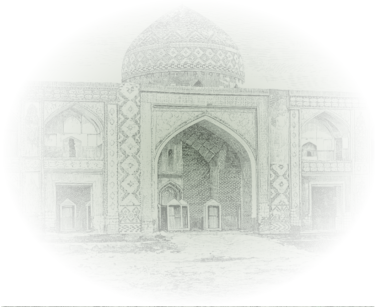Haji Mukhan is a village in the Novo-Bayazid uezd of the former Iravan governorate, later in the former Kavar (Yeni Bayazid, Kamo) district, and currently in the Gegharkunik province. The provincial centre is located 18 km to the northwest of the town of Kavar on the shore of Lake Goycha, at a height of 1,920 m above sea level. The initial name of the village was Haji Mumukhan. The first syllable (mu-) of the second component of the toponym was abbreviated and marked as “Haji Mukhan” in the sources. It was marked on the five-verst map of the Caucasus.
The village was solely inhabited by Azerbaijanis: 437 in 1876, 610 in 1886, 882 in 1897, 1,034 in 1904, 1,080 in 1914 and 1,255 Azerbaijanis in 1916. In 1918 the Azerbaijanis were expelled by Armenian armed forces through massacres. The surviving Azerbaijanis returned to their native villages following the establishment of Soviet power in present-day Armenia. Armenians from the villages of the Kavar (Yeni Bayazid, Kamo) and Ashagi Garanlig (Martuni) districts were settled in the village. The village was inhabited by 100 Azerbaijanis and 339 Armenians in 1922, 115 Azerbaijanis and 682 Armenians in 1926, and 195 Azerbaijanis and 1,064 Armenians lived there in 1931. In 1948–1953 the Azerbaijanis were forcibly removed from the village. Currently, only Armenians live there.
The toponym was coined on the basis of the personal name “Haji Mumukhan” (Haji Mukhan). The name of the village was changed to “Mukhan” in 1924.
By the decree of the Presidium of the Supreme Soviet of the Armenian SSR dated 25 January 1978, it was renamed “Tsovazard”. According to the law “On the administrative-territorial division of the Republic of Armenia” dated 7 November 1995, it was integrated into the administrative territory of the Gegharkunik province.
Geographical coordinates: latitude: 40°28’ N., longitude: 45°02’ E.
